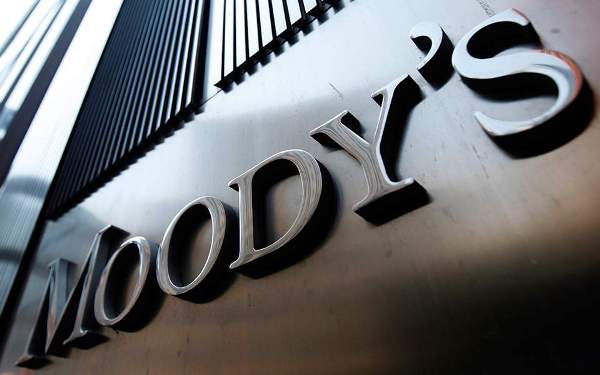Moody’s downgrade of the U.S. sovereign credit rating has added to investor concerns about the country’s rising debt and the potential for increased borrowing costs.
The ratings agency cut the United States’ credit rating by one notch on Friday, citing the growing $36 trillion national debt. Moody’s was the last of the three major agencies to downgrade the U.S., following similar moves by Fitch in 2023 and Standard & Poor’s in 2011.
The downgrade comes as Republican lawmakers push for a wide-ranging tax and spending package, informally called the “Big Beautiful Bill.” The proposal includes tax cuts, spending increases, and reductions in safety-net programs.
Analysts estimate it could add up to $5.2 trillion to the national debt by 2034 if temporary measures are extended. The bill has not yet cleared a key vote in Congress.
Moody’s cited repeated failures by successive U.S. administrations to reduce budget deficits and rising interest costs as key reasons for the downgrade. The agency said it does not expect current fiscal proposals to significantly reduce deficits.
The downgrade has drawn attention back to U.S. fiscal policy, with markets closely watching Congress as it debates the legislation. Bond yields have started to reflect investor concerns. The 10-year Treasury yield has risen recently, and the term premium, which measures the return investors require to hold long-term debt, has also increased.
This suggests the market is worried about long-term fiscal risks.
The Biden administration, however, has downplayed concerns. Treasury Secretary Scott Bessent said the administration is focused on managing yields and noted that the 10-year rate is lower than when the president took office in January. A White House spokesperson dismissed criticism of the bill, saying forecasts had been wrong in the past about policies such as tariffs, which the administration claims boosted investment and job growth without triggering inflation.
The White House also criticized the Moody’s downgrade, calling it politically motivated. A senior communications official singled out a Moody’s economist in a social media post, calling him a political opponent. The economist works for Moody’s Analytics, which is separate from the ratings agency.
Despite political tensions, the fiscal outlook remains uncertain. Barclays now estimates the cost of the current package would raise deficits by $2 trillion over the next decade, down from an earlier projection of $3.8 trillion.
The debate over fiscal responsibility is taking place against the backdrop of an approaching debt limit. The U.S. hit its borrowing cap in January and has been using temporary measures to stay under the ceiling.
Treasury officials say the government could run out of money to meet its obligations by August if the limit isn’t raised. House Speaker Mike Johnson has said he aims to pass the tax bill before the Memorial Day holiday on May 26.
Investor anxiety over the debt ceiling is beginning to show. Treasury bills due in August are offering higher yields than those maturing earlier or later, suggesting nervousness about a possible default.
Disagreements remain within the Republican Party over how to fund the tax cuts. While there is consensus on extending provisions from the 2017 tax law, opinions differ on how much spending should be cut. Large portions of the budget, including social programs, are considered politically sensitive and may be off-limits for reductions.
Without major changes to spending, the U.S. fiscal path is unlikely to improve in a meaningful way. The current trajectory suggests widening deficits in the near term, with limited impact on economic growth.























